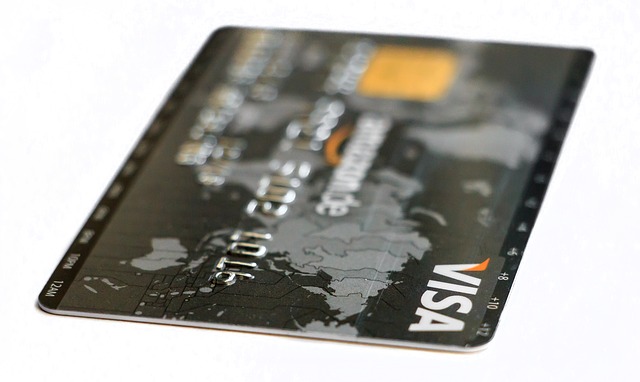EMV stands for ‘Europay, Mastercard, and Visa’ and it represents the new worldwide standard for credit card payments employed to make credit card transactions more secure. EMV cards contain a microchip, or ‘smart chip,’ which securely stores data, making credit card payments safer.
The primary reason for the EMV shift in the United States is credit card fraud. The US accounts for 50% of credit card fraud worldwide. In 2014, half of the fraud in the US came from counterfeit cards. With the amount of fraud steadily increasing, EMV proposes a more secure payment method to help decrease the prevalence of credit card fraud.
EMV vs. Magnetic Stripe
For decades, magnetic-stripe cards have been the most widely-used standard for payments in the US. The biggest difference between EMV cards and magnetic-stripe cards is the level of security.
An EMV chip-enabled card has a small computer chip embedded in the front of the card. This chip contains information about the cardholder. To make a payment, the cardholder inserts their card into an EMV-compatible terminal and waits for the transaction to finish.
A magnetic-stripe card has the recognizable black stripe on the back. The information stored on the magnetic stripe is unchanging and virtually unprotected. The data is easily accessible and can be quickly duplicated by fraudsters.
When a transaction takes place on an EMV card, the smart chip generates a unique transaction code than can only be used once, making it far more difficult for criminals to duplicate a cardholder’s financial information.
The Liability Shift Associated with EMV Migration in the US
In October 2015, the liability for credit card fraud was shifted from credit card issuers to merchants. This acted as a way to encourage merchants to switch to EMV POS terminals.
The liability shift means that any merchant who hasn’t switched to a EMV-compatible terminal is liable for fraudulent charges that may have been prevented had they switched to the more secure technology.
Reasons Why Merchants Should Switch to EMV
- Increased security – You can fight fraudsters and decrease fraud at your business.
- EMV benefits for your customers – EMV is now the preferred payment method for most customers.
- Avoid liability costs – Once you switch, you are no longer liable for chargebacks from counterfeited cards.
- EMV is a worldwide standard – International tourists visiting the US can use their own cards, encouraging extra spending and ease of mind when making purchases.
EMV & E-Commerce Businesses
EMV has made point-of-sale payments more secure with smart chips embedded in credit cards. These security measures are only available when a customer has physical possession of their card.
So how does EMV affect eCommerce businesses where transactions are made without a physical card?
Although there is no combined solution for both POS and ecommerce transactions, there is emerging technology that has already been established in Europe.
MasterCard’s oneSMART Authentication and VISA’s Dynamic Passcode Authentication programs enable secure payments in card-not-present situations. These security measures increase customer confidence when making purchases online and provide eCommerce businesses with heightened security against fraud.
The 2016 EMV migration is well underway in the United States with the hope that credit card fraud is reduced and customers can confidently make purchases without fear. Although EMV won’t get rid of fraud completely, it is a huge step towards fighting credit card fraud worldwide.

